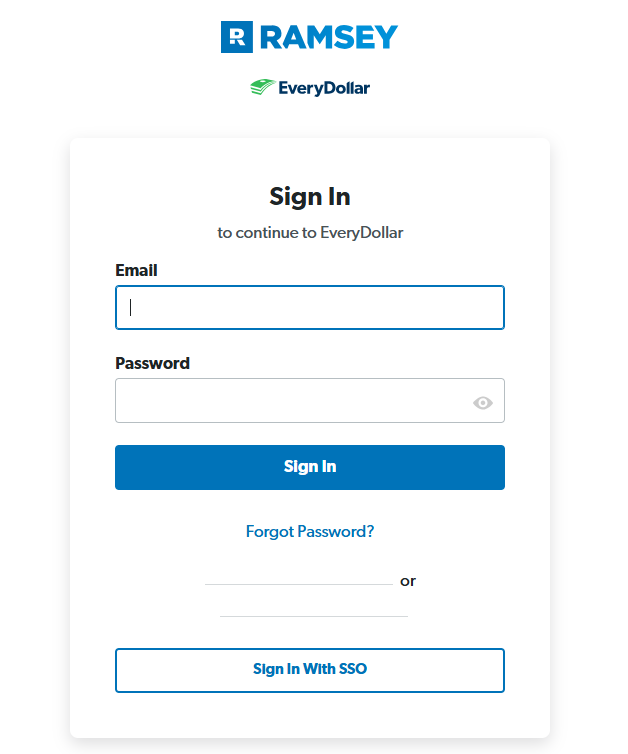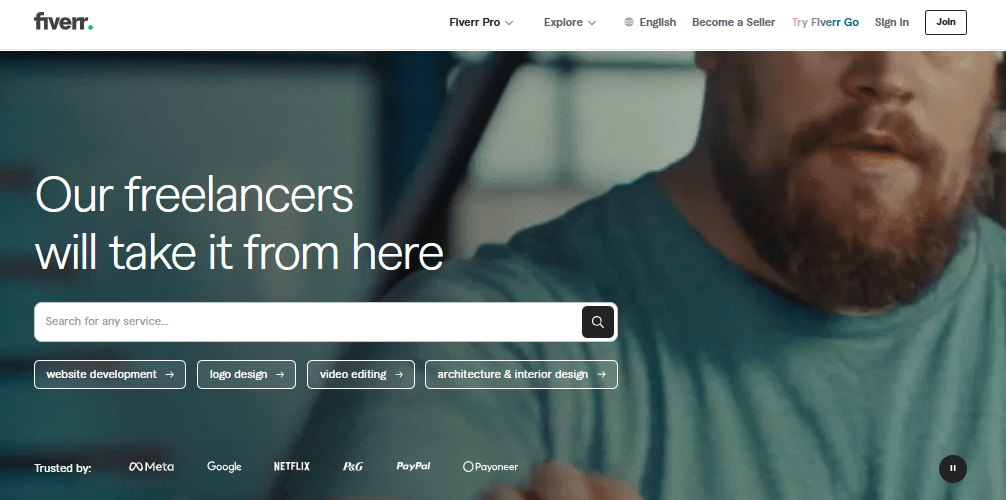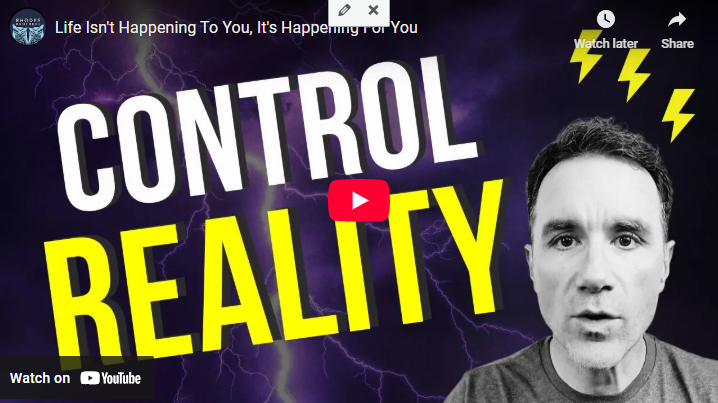For More Free Videos, Subscribe to the Rhodes Brothers YouTube Channel.
“Most people don’t realize they’re in chains… because the chains are invisible. Debt is one of those chains.” — John S. Rhodes, Rhodes Brothers
Debt doesn’t knock on your door with shackles, but it walks right into your life, wraps around your future, and quietly claims ownership of your time, money, and freedom. Here’s the truth no one wants to admit: you don’t need a prison to be a slave—debt will do just fine.
This article unpacks the 10 powerful reasons why debt is slavery, not just metaphorically but practically. We’ll explore how debt silently dictates your life choices, limits your opportunities, and compromises your financial freedom. More importantly, we’ll walk through practical, step-by-step solutions to break free from the cycle.
Whether you’re buried in student loans, juggling credit card balances, or just managing a mortgage, you’re going to learn how to reclaim your time, energy, and future. As John S. Rhodes puts it:
“Debt isn’t just numbers on paper. It’s a life sentence unless you break free.”
TL;DR
- Debt dictates your decisions, not just your finances.
- It steals your time, energy, and freedom.
- Even “good debt” like mortgages can keep you in a cycle of dependency.
- High interest = long-term enslavement.
- The more you owe, the less you own.
- Real wealth comes from ownership, not financing.
- Stress, missed opportunities, and limited freedom come with every borrowed dollar.
- There are clear, actionable steps you can take to break free.
- Learn how to build wealth, not just escape debt.
- You’ll walk away with tools, tips, and strategies that actually work.
Why Debt Is Slavery: The Real Talk
Debt isn’t just a financial inconvenience—it’s a life-altering force that quietly takes control of your decisions, priorities, and even your future. When you owe money, you’re no longer fully in charge of your income or your time. You’re working to pay off past decisions instead of building a better tomorrow. That’s not just frustrating—it’s a form of modern-day slavery.
Let’s break down the real impact of debt, starting with the first and most important truth.
1. Debt Controls Your Money Choices
When you’re in debt, you’re not choosing how to spend your income—your creditors are. Every paycheck is already spoken for.
Example:
You earn $4,000/month, but $2,000 goes to loans and credit cards. That’s not freedom. That’s servitude.
Tool:
 Use You Need A Budget (YNAB) or EveryDollar to track where your money actually goes.
Use You Need A Budget (YNAB) or EveryDollar to track where your money actually goes.
2. You Work for Lenders, Not Yourself
Each hour you work is income promised to someone else. That’s textbook slavery.
Tip:
 Start a freelance side hustle to create income that isn’t automatically claimed by debt. Platforms like Fiverr, Upwork, or Freelance Writing Jobs are great places to start.
Start a freelance side hustle to create income that isn’t automatically claimed by debt. Platforms like Fiverr, Upwork, or Freelance Writing Jobs are great places to start.
3. The Longer You Owe, the Longer You Serve
Interest compounds. That $5,000 balance on a credit card? At 20% interest, it could cost you $10,000 to pay off over time.
Strategy:
Use the Debt Snowball or Debt Avalanche method to eliminate smaller balances first or tackle high-interest ones aggressively.
4. Less Freedom to Save or Invest
With debt payments draining your income, saving for emergencies or investing for the future becomes nearly impossible.
App:
 Try Acorns or Robinhood for micro-investing, even if you only have $10/month.
Try Acorns or Robinhood for micro-investing, even if you only have $10/month.
5. Your Dreams Get Put on Hold
Want to travel, start a business, or retire early? Debt delays all of that. You’re funding someone else’s dreams—usually the bank’s.
Example:
A $300 car payment could be $3,600/year into a startup fund instead.
6. Constant Financial Stress
Debt triggers anxiety. Studies show people with high consumer debt report double the rate of depression and anxiety.
Quote:
As Dave Ramsey once said, “You can’t live like no one else later if you’re living like everyone else now.”
Tool:
 Use Cleo or Monarch to automate your budgeting and reduce stress.
Use Cleo or Monarch to automate your budgeting and reduce stress.
7. It’s Hard to Build Wealth with High Debt
Wealth isn’t your income—it’s what you keep and grow. High debt means you’re constantly paying interest instead of earning it.
Stat:
Households with no debt are 3x more likely to retire before 60 (Fidelity, 2023).
Tool:
Try Empower (formerly Personal Capital) to track net worth and reduce liabilities.
8. Debt Becomes a Habitual Cycle
Pay it off, then rack it up again. It’s a toxic loop.
Tip:
Use cash-only challenges or the envelope system to break the plastic habit.
9. The More Debt You Have, the Less You Own
Own a $500,000 house with a $400,000 mortgage? You only own $100,000—the bank owns the rest.
Visualization Tip:
Track your real equity using tools like Zillow Home Value Tracker or Rocket Mortgage App.
10. Debt Delays Financial Freedom
You’re not free until your money is truly yours to use, invest, or give. Debt delays that freedom year after year.
Action Step:
Set a specific debt freedom date and track your progress monthly.
Actionable Steps to Break Free from Debt Slavery (for Different Demographics)
Debt affects everyone differently—whether you’re just starting out, raising a family, or getting ready to retire. But no matter your age or income, you can break free. Here’s how to apply these steps based on your current stage in life:
For Young Adults & College Students (Ages 18–25)
You might have student loans or just opened your first credit card. Now is the perfect time to build smart habits before debt takes over.
✅ Step 1: Budget Like Your Life Depends On It
- Use PocketGuard for simple budgeting as a beginner.
- Set limits for categories like food, entertainment, and subscriptions.
✅ Step 2: Build a Mini Emergency Fund
- Save $500 to start in a high-yield savings account like Capital One 360.
- Use cashback apps like Rakuten or Upside to save passively.
✅ Step 3: Choose a Debt Repayment Strategy
- Use the Snowball method for quick wins and motivation.
- Focus on paying off that credit card or small personal loan first.
✅ Step 4: Increase Your Income
- Try freelance gigs on Fiverr or Tutor.com.
- Learn in-demand skills like graphic design or coding on Skillshare.
✅ Step 5: Change the Mindset
- Don’t normalize debt just because “everyone has it.”
- Follow debt-free influencers like The Budgetnista or Graham Stephan.
For Millennials & Young Families (Ages 26–40)
Juggling mortgage, car loans, daycare, and perhaps student loans? You’re likely feeling the pressure from all sides. Here’s how to get ahead.
✅ Step 1: Budget Like Your Life Depends On It
- Use YNAB for full control over household finances.
- Plan for annual expenses like holidays, birthdays, and school fees.
✅ Step 2: Build a Mini Emergency Fund
- Save $1,000–$2,000 minimum to avoid relying on credit cards.
- Store it in Ally Bank or Marcus by Goldman Sachs.
✅ Step 3: Choose a Debt Repayment Strategy
- Use the Avalanche method to reduce interest-heavy debt like credit cards or car loans.
- Consider consolidating with a low-interest personal loan (compare on LendingTree).
✅ Step 4: Increase Your Income
- Launch a side hustle (Etsy store, consulting, freelance writing).
- Take online certifications in project management or digital marketing through Coursera or LinkedIn Learning.
✅ Step 5: Change the Mindset
- Stop believing the myth that “some debt is good debt.”
- Involve your spouse or partner in money meetings to stay accountable.
For Midlife Professionals (Ages 41–55)
This is the “sandwich generation”—caring for kids and aging parents, all while trying to plan for retirement.
✅ Step 1: Budget Like Your Life Depends On It
- Use GoodBudget or EveryDollar to get visibility on your cash flow.
- Eliminate lifestyle creep—review all recurring expenses.
✅ Step 2: Build a Mini Emergency Fund
- Aim for at least 3 months of expenses, especially if supporting dependents.
- Use CDs or money market accounts for slightly higher yields.
✅ Step 3: Choose a Debt Repayment Strategy
- If your mortgage is a burden, consider refinancing.
- Use Undebt.it to create a customized payoff plan.
✅ Step 4: Increase Your Income
- Monetize your professional skills—consulting, coaching, or writing.
- Teach on platforms like Teachable or Udemy.
✅ Step 5: Change the Mindset
- Avoid using HELOCs or home equity loans to pay off other debts.
- Focus on building wealth—not just surviving.
For Pre-Retirees & Seniors (Ages 56+)
You should be enjoying your golden years—not worrying about monthly payments. But many are entering retirement still carrying debt.
✅ Step 1: Budget Like Your Life Depends On It
- Use simplified tools like Mint to track fixed incomes.
- Plan for medical and long-term care expenses.
✅ Step 2: Build a Mini Emergency Fund
- Keep 1–2 months of cash in highly accessible accounts.
- Avoid risky investments to fund short-term needs.
✅ Step 3: Choose a Debt Repayment Strategy
- Prioritize high-interest debts over mortgage prepayment.
- Consider downsizing to reduce housing costs.
✅ Step 4: Increase Your Income
- Offer part-time tutoring, consulting, or write a book.
- Use Amazon KDP to self-publish and earn passive income.
✅ Step 5: Change the Mindset
- Don’t assume Social Security will cover everything.
- Shift focus from accumulation to preservation.
Common Mistakes to Avoid When Escaping Debt Slavery
Getting out of debt isn’t just about hustle—it’s also about avoiding the traps that keep you stuck. Many people are trying hard, but they’re unknowingly doing things that sabotage their progress. If you’re serious about achieving financial freedom, you need to stop doing what’s keeping you broke.
Let’s dive deeper into the most common and costly mistakes—and how to avoid them with confidence and clarity.
1. Only Making Minimum Payments
Why it’s a problem:
Minimum payments are designed to keep you in debt longer. They barely touch the principal, and interest keeps stacking up.
Example:
A $5,000 credit card balance at 20% interest paying only the minimum could take over 20 years to pay off—and cost you over $10,000 in total payments.
Fix it:
Use the Debt Snowball or Avalanche method to send extra payments to one debt at a time. Even $50 extra a month can shave off years.
2. Using Debt to Pay Off Debt
Why it’s a problem:
Balance transfers and debt consolidation loans can sound smart, but if you don’t change your spending habits, you’re just moving the problem, not fixing it.
It becomes a cycle:
You pay off a credit card with a loan, feel relief, and then start using the card again. That leads to double the debt.
Fix it:
Create a cash flow-positive plan before transferring balances. Cut up or freeze the cards you’re paying off to avoid relapsing.
3. Not Tracking Spending
Why it’s a problem:
If you don’t know where your money goes, you’ll always wonder why you’re broke. Small purchases add up—fast.
Stat:
According to a 2024 Mint survey, people who track their spending are 33% more successful at paying off debt within 2 years.
Fix it:
Use budgeting tools like YNAB, EveryDollar, or even a Google Sheet. Track every dollar for at least 30 days to spot leaks.
4. Assuming All Debt Is “Good Debt”
Why it’s a problem:
Mortgages, student loans, and business loans are often labeled as “good debt,” but any debt that limits your freedom is a liability.
Mortgage example:
A $400,000 mortgage on a $500,000 home doesn’t make you wealthy. You only “own” $100,000—and the bank owns the rest.
Fix it:
Don’t justify debt just because it’s common. Ask: “Is this debt helping me grow wealth—or just tying me down?”
5. Ignoring Interest Rates
Why it’s a problem:
Interest is the silent killer. It’s how lenders make money off your delay in paying. If you ignore it, you’re bleeding cash.
Example:
A 25% APR credit card means you’re paying $25/month on every $1,200 you carry. That’s $300/year—just in interest!
Fix it:
List all your debts and sort them by interest rate. Prioritize high-interest accounts first using the Avalanche method.
6. Not Having a Plan
Why it’s a problem:
Winging it never works with money. Hope is not a strategy. Without a plan, you’ll drift into more debt or stay stuck forever.
Fix it:
Set a debt-free date, pick a strategy (Snowball or Avalanche), and automate payments. Use a tool like Undebt.it to create a custom payoff plan.
7. Thinking Income = Wealth
Why it’s a problem:
A high income doesn’t equal financial freedom if every dollar is already committed. Many six-figure earners are still broke.
Real talk:
If you make $10,000 a month but spend $11,000, you’re not rich—you’re in debt.
Fix it:
Focus on net worth, not just income. Track assets vs. liabilities using tools like Empower (formerly Personal Capital).
8. Falling for 0% APR Traps
Why it’s a problem:
0% APR offers can be useful, but they often come with hidden fees, deferred interest, or high rates after the promo ends.
Example:
You transfer $5,000 at 0% for 12 months but don’t pay it off in time. You could be hit with retroactive interest on the full amount.
Fix it:
Only use 0% offers if you’re 100% sure you’ll pay it off before the deadline. Read the fine print and do the math first.
9. Keeping Up With Others
Why it’s a problem:
Trying to match someone else’s lifestyle—when you don’t know how they afford it—is a fast track to financial ruin.
Truth:
Many people you admire are in deep debt. The car, the house, the vacations? Often financed.
Fix it:
Live below your means while you build lasting wealth. Delayed gratification is the superpower of the debt-free.
10. Avoiding Professional Help
Why it’s a problem:
Pride or fear can keep people from asking for help. But sometimes, you need a roadmap, a coach, or a fresh perspective.
Fix it:
Talk to a financial coach, credit counselor, or use free services like NFCC.org (National Foundation for Credit Counseling). Even a trusted mentor can help you stay accountable.
Frequently Asked Questions (FAQs)
How do I start getting out of debt if I live paycheck to paycheck?
Start with a zero-based budget and build a $1,000 emergency fund. Cut unnecessary subscriptions and find a small side hustle.
What’s the best debt repayment method?
For motivation: Snowball method.
For efficiency: Avalanche method.
Is mortgage debt really bad?
Not always, but it still limits cash flow and increases risk. Pay extra when you can.
Can I invest while in debt?
Focus on high-interest debt first. Once you eliminate that, then invest.
Do credit cards ever help?
Only if you pay in full monthly. Otherwise, they’re a trap.
How do I stop using debt as a crutch?
Switch to cash or debit-only spending. Build a buffer fund.
Should I consolidate my debt?
Only if it lowers your interest and you have a clear payoff plan.
Can side hustles really help?
Absolutely. Even an extra $500/month can cut years off your debt.
Is it okay to borrow to invest in real estate?
Only if you’re experienced and have strong cash reserves.
What are some free tools to help me?
- Mint: Budgeting
- Undebt.it: Debt payoff planner
- Cleo: AI financial assistant
Break the Chains of Debt
Debt doesn’t have to be your destiny. Whether it’s a $500 credit card balance or $150,000 in student loans, you can break free. Every dollar you redirect from debt to wealth-building puts you closer to freedom.
Start small. Stay consistent. Measure progress.
Get started today by choosing one action: create a budget, cancel a subscription, or find a side hustle. One step is all it takes to change your future.
Thanks for joining us for this empowering journey. Want more guidance like this?
Subscribe to Rhodes Brothers YouTube Channel for weekly tools, tips, and financial strategies that actually work.
Resource List
Books
- The Total Money Makeover by Dave Ramsey
- Your Money or Your Life by Vicki Robin
- The Millionaire Next Door by Thomas J. Stanley
Courses & Podcasts
- Financial Peace University by Dave Ramsey
- ChooseFI Podcast
- The Ramsey Show
- Smart Passive Income by Pat Flynn
Tools
- YNAB (You Need A Budget) – Budgeting
- EveryDollar – Budgeting
- Undebt.it – Debt payoff plans
- Empower – Net worth tracker
- Mint – Budgeting & alerts
- Rocket Money – Subscription manager
- Cleo – AI financial assistant
- Robinhood, Acorns – Investing
- Zillow – Property value tracking
- Skillshare, Udemy, Coursera – Learn high-income skills



